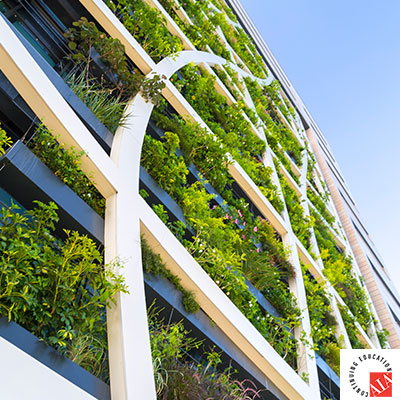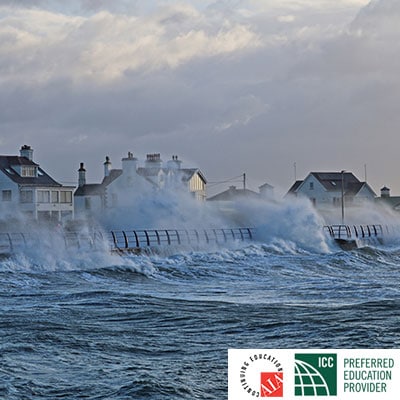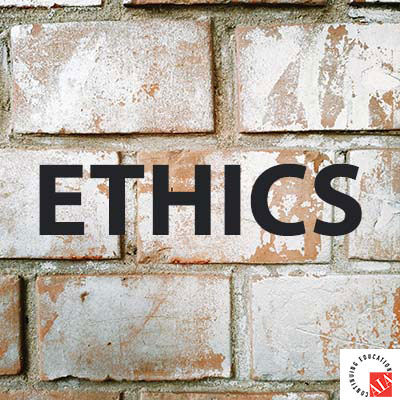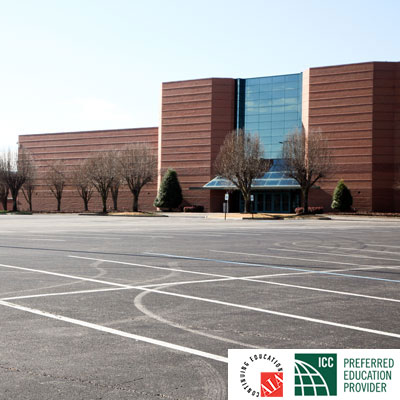Description
Instructor: Wayde Hoppe
This course discusses past and current trends in energy efficient technologies, and outlines best practices for energy conservation in building and design. We will identify the considerations designers must keep in mind when providing for more energy efficient systems. Energy efficient design should be at the core of any designer’s planning. It is central to the health and comfort of the consumer, not to mention to the survival of the planet. You will learn to identify components, resources and structural considerations that provide safe, code compliant environments.
After completing this course participants will be able to:
- Understand that the process of turning energy into work can and does impact the atmosphere, water and land, thereby negatively affecting humans, animals and plant life.
- Outline alternative resources and technologies that monitor indoor environments.
- Outline how improved water treatment, water delivery and waste water treatment reduces the risk from water contaminants.
- Identify components, resources and structural considerations that provide safe, code compliant environments while simultanelously reducing the negative impact on our environment.
This Course Covers:
- Why We Should Pursue Alternate Sources Of Energy, Where it Comes From, and Why We Should Conserve
- Current Energy Consumption, Tracking Energy Consumption and How Can We More Efficiently Produce Tempered Air
- Energy Efficient HVAC Technologies
- Numerous Other Methods to Conserve Energy
- Retaining and Reducing Required Energy
- Evaluating Energy Conservation
Credit(s) earned on completion of this course will be reported to AIA CES for AIA members. Certificates of Completion for both AIA members and non-AIA members are available to print upon completion of the course.



